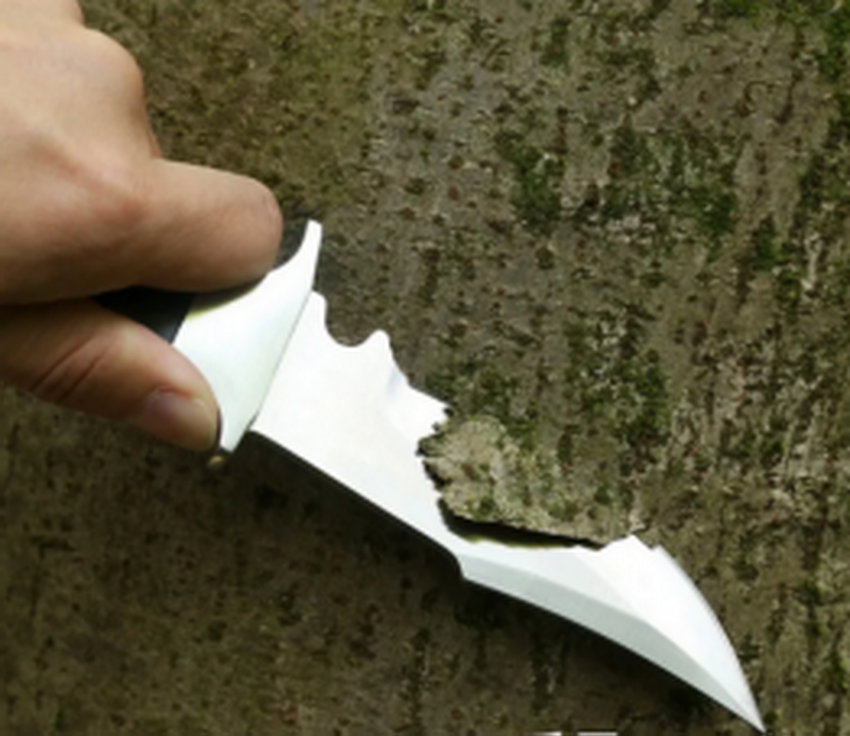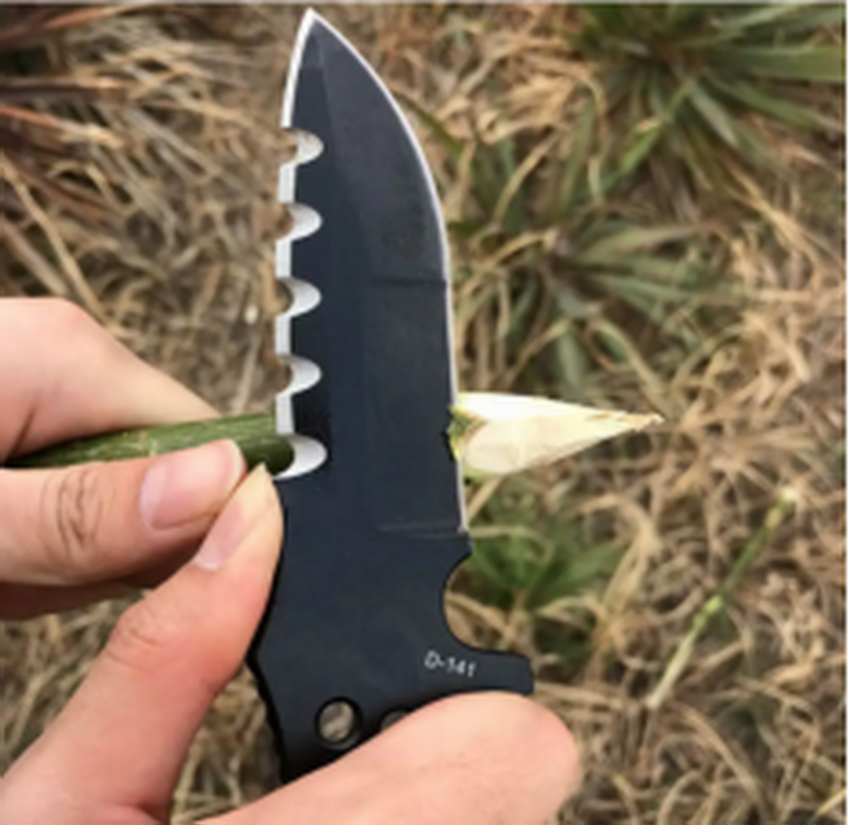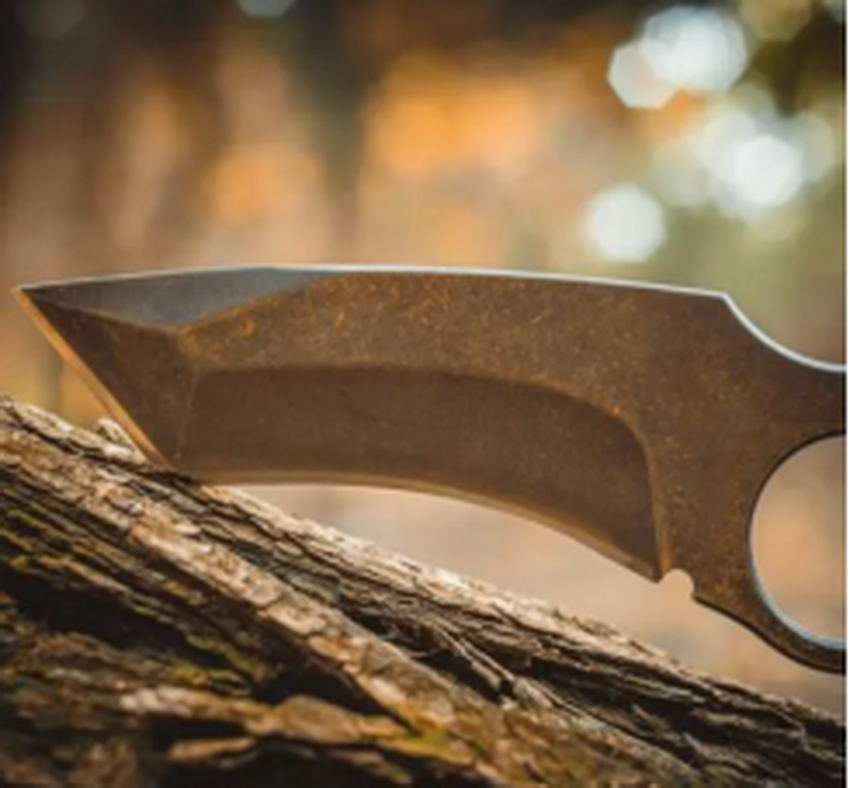![]() Windy
Windy
 WeChat
WeChat
 WhatsApp
WhatsApp
Click:469 seen
In short, outdoor education is a kind of experiential education conducted in outdoor environment. But if outdoor education means putting things in the classroom in the outdoor environment, you are wrong. Outdoor education is the most primitive, abundant and real living environment for human beings. In fact, outdoor education gives us much more than we think. For those who want to let their families experience the nature in person, you can consider taking a outdoor knife as part of outdoor education.
Camping is a great way to get your family closer and get rid of most of the distractions of the modern world.Ideally, children learn the world mainly through their parents. This is especially important when it comes to understanding the value of what they use and the time they spend on things. Learning the value of a simple outdoor tool is the first outdoor lesson.
Don't be fooled by the lure of "survival knives" on display in outdoor stores. There's a lot of pomp and excess! Another thing to consider is whether to choose a knife with a fixed blade, or a pocket knife or a multi-purpose knife.
Teaching children how to use knives properly at an appropriate age can help them better understand the dangers of knives and avoid tragedies. If you are concerned about the danger of your child touching knives, it is best to teach them how to use knives. Multiple tools or folding knives have many moving parts.

As a good starting point, don't forget to make sure your child can firmly hold the knife in his hand, and can listen and communicate with you well. If they are nervous, give them space, encouragement, guidance and time. In addition, realize that not every child is ready to hold the knife, just because they can hold it in their hands. You should always assess their maturity.

Choose a knife that is suitable for your child's physical ability, arm length and body coordination ability. If your child's physical ability, especially body coordination ability, is weak, do not give your child large and heavy knives for practice Do not bring a straight knife without a reliable scabbard, and do not bring a folding knife without a reliable lock and insurance (or scabbard, etc.). Accidental sliding, opening or retraction of the tool may cause accidents. Whether it is a big knife or a small knife, or a chopping or cutting knife, children must be taught to observe the people around them before using the knife to avoid accidents.

In the wild, we will encounter all kinds of situations. We can't resist the nature, and we should also be prepared for cuts. Keep a first aid kit handy. As long as your child is safe, the harm will be minimal. Even these will provide opportunities to learn important courses. We always hope to improve children's experience, build their confidence and expand their understanding of life. Although the cutter is dangerous, it can also ensure our safety. In the outdoors, an excellent outdoor knife often plays a huge role. From self-protection and road breaking to picnic cooking, it is very important to choose a suitable outdoor knife.
